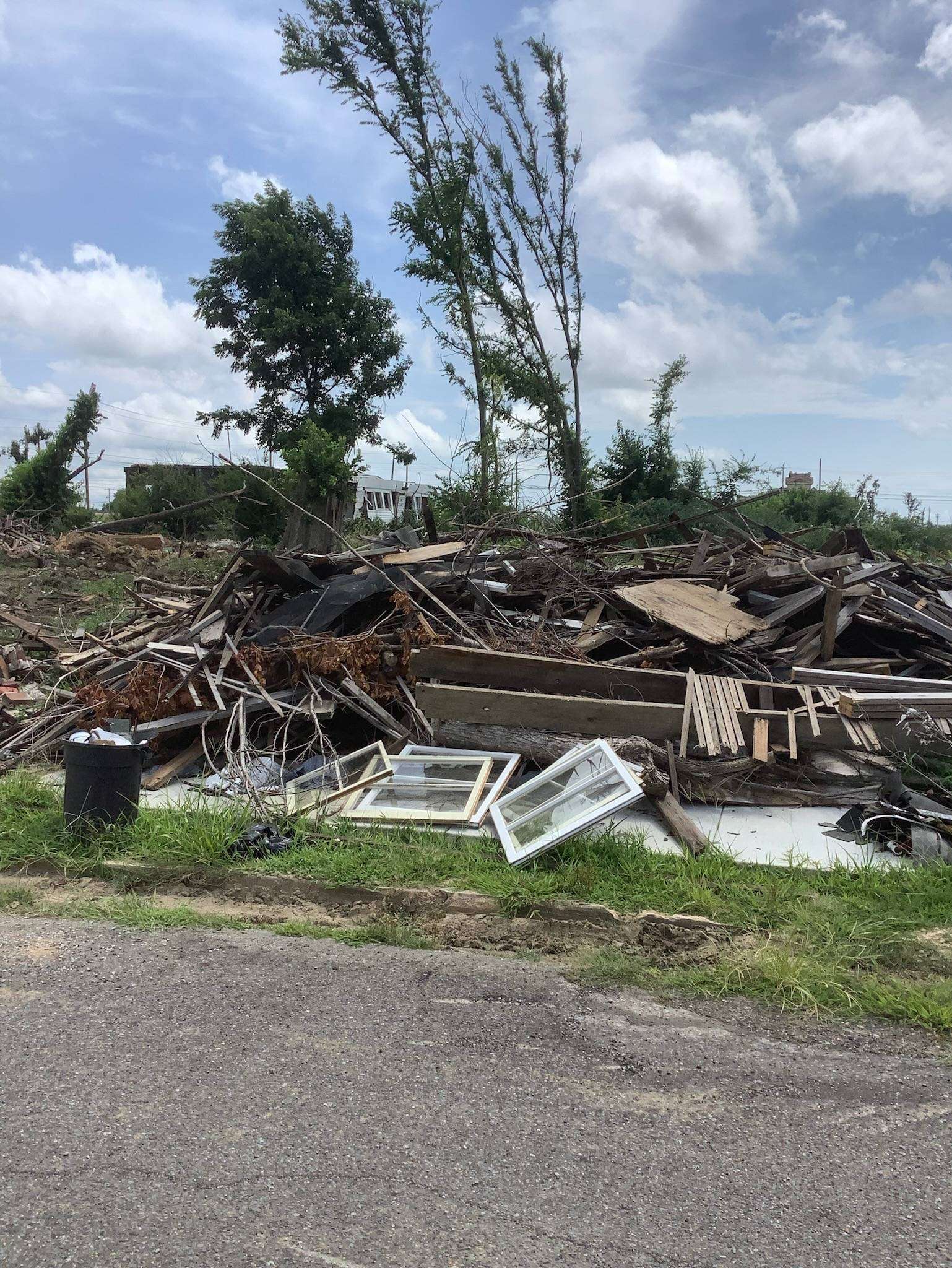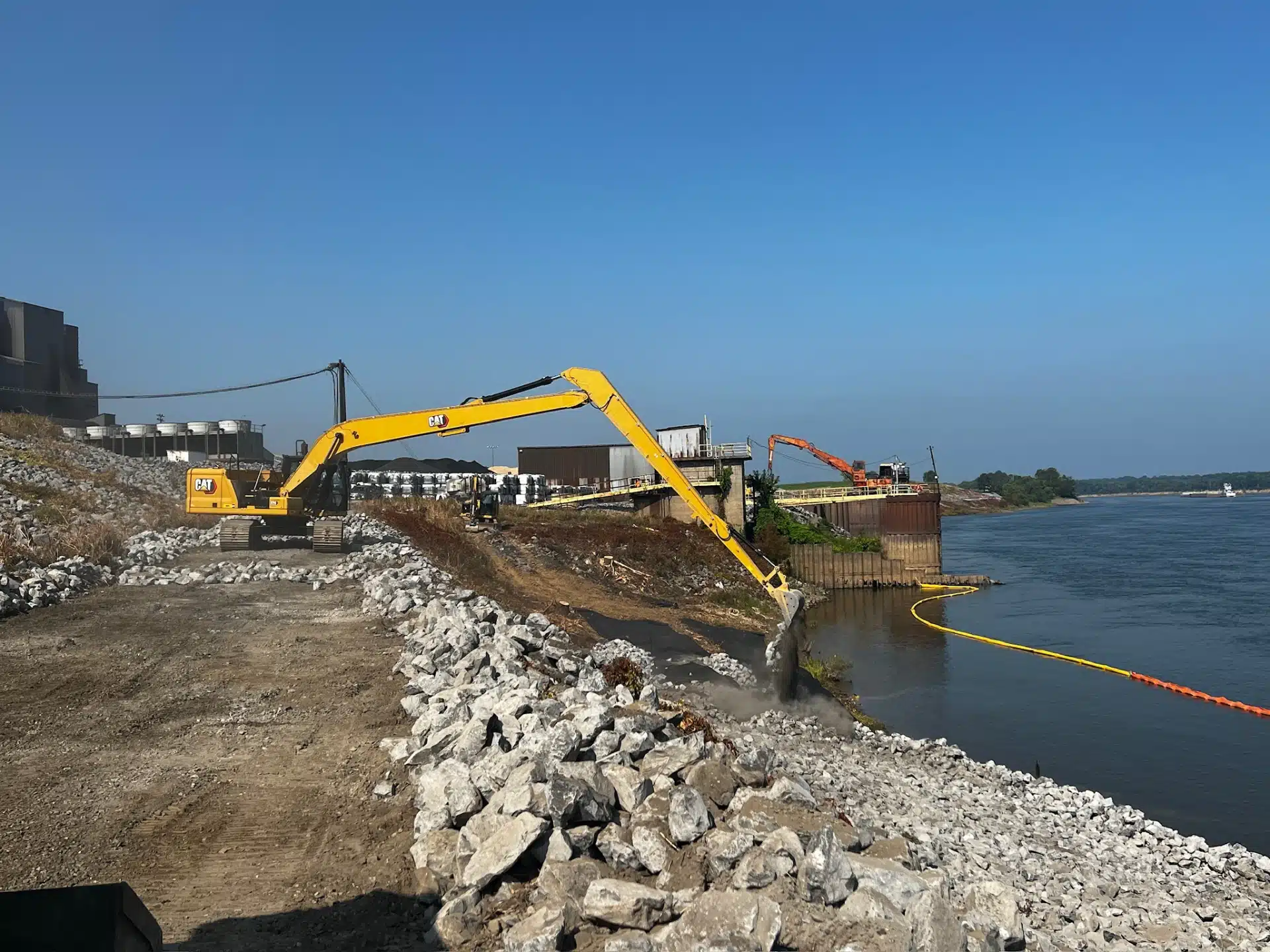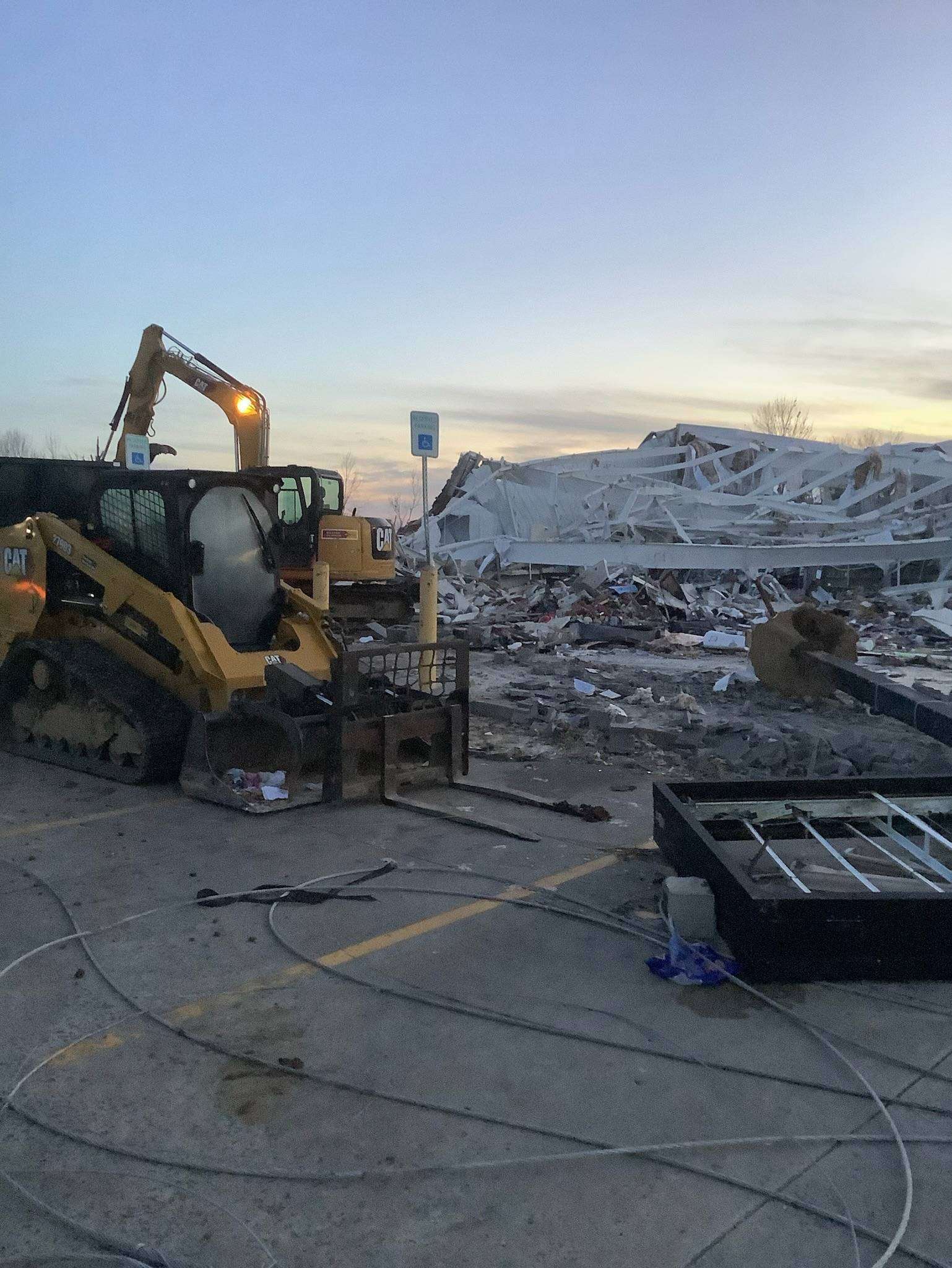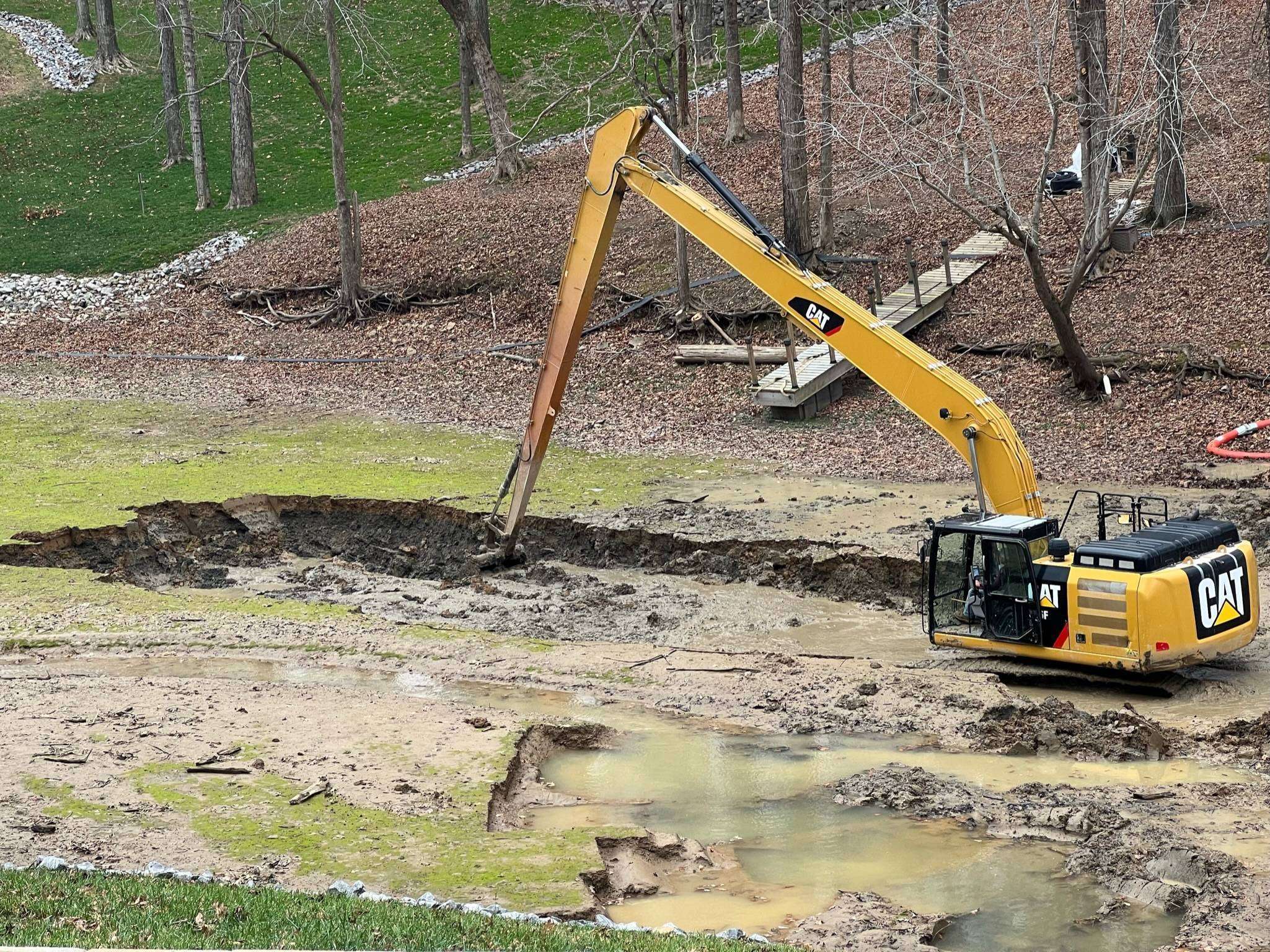Curious about the differences between excavation and demolition? These two commonly used construction techniques may seem similar, but they serve very different purposes and involve distinct processes. From the tools and equipment used to the safety measures required, there are key distinctions to explore.
In this article, we’ll break down the contrasts between excavation and demolition, as well as their main uses, costs, environmental impacts, and alternatives. So, let’s dig in and uncover everything you need to know about these essential construction practices.
Key Takeaways:
- Excavation involves digging and moving earth or materials, while demolition involves destroying structures or buildings.
- Excavation requires heavy machinery and tools, while demolition may involve explosives or wrecking balls.
- Safety measures are crucial for both excavation and demolition to prevent accidents and damage to surrounding areas.
What Is Excavation?
Excavation is a crucial process in construction projects that involves digging and moving earth or other materials to create a foundation or prepare the ground for construction.
There are various types of excavation methods used in construction, including trench excavation, cut and fill excavation, topsoil excavation, and dredging. Each type serves a specific purpose depending on the project requirements. To carry out these excavations efficiently, specialized equipment such as excavators, backhoes, bulldozers, and trenchers are commonly utilized.
Excavation plays a vital role in ensuring the structural integrity of a building by creating a stable base and proper drainage systems. Professional excavation services, such as those offered by companies like Services Group Inc, guarantee precision and adherence to safety guidelines, making it a crucial aspect of any construction project.
What Is Demolition?
Demolition is the process of intentionally destroying existing structures, buildings, or materials, often carried out by a professional demolition company to ensure safety and proper disposal of hazardous materials.
Controlled demolition involves using precise engineering techniques to bring down a structure in a planned manner, minimizing risks to the surroundings. Different methods employed in demolition include implosion, where explosives are strategically placed to create a controlled collapse, and deconstruction, where structures are disassembled piece by piece. Safety considerations in demolition include assessing the presence of hazardous materials like asbestos and lead, ensuring proper waste management, and safeguarding against potential structural weaknesses. Professional demolition companies have the expertise and equipment to execute demolitions efficiently while adhering to safety regulations and environmental guidelines.
What Are the Differences Between Excavation and Demolition?
The major differences between excavation and demolition lie in their purpose and process. Excavation involves preparing the ground for construction projects by digging and removing earth or materials, while demolition focuses on the controlled removal of existing structures or materials.
Excavation plays a crucial role in creating a stable foundation for new construction as it involves tasks like trenching, grading, and site clearing to ensure a solid base for buildings, roads, or utilities. On the other hand, demolition requires specialized equipment and techniques to safely dismantle structures, often for renovation, redevelopment, or safety reasons.
Purpose
The purpose of excavation is to create a level surface by digging and removing earth or materials, essential for construction projects. In contrast, demolition aims to dismantle existing structures or materials, often to make space for new developments or to remove hazardous elements.
Excavation is a fundamental step in the early stages of construction, allowing for the proper foundation of buildings, roads, or other structures. It involves the careful removal of soil, rocks, or debris to prepare the ground for further work. This process not only levels the ground but also ensures stability and support for the forthcoming construction, preventing future issues related to the shifting or settling of the structure.
Professional services specializing in excavation utilize advanced equipment and techniques to streamline the process while adhering to safety standards to protect both workers and the environment.
Tools and Equipment Used
Excavation requires heavy machinery and specialized equipment like excavators and bulldozers to dig, move, and shape the earth. Demolition also utilizes heavy machinery such as wrecking balls, cranes, and explosives to dismantle structures effectively and safely.
Excavators are versatile machines equipped with a bucket, arm, and cab for the operator. They are ideal for digging trenches, foundations, and holes due to their power and mobility.
Bulldozers, with their wide tracks and heavy blades, are perfect for grading and leveling terrain. They can push large quantities of soil, rubble, or debris efficiently.
In terms of demolition, wrecking balls are iconic for smashing through walls and concrete structures with sheer force.
Cranes play a crucial role in carefully dismantling buildings piece by piece, especially in urban areas where space is limited.
Explosives are strategically used to bring down larger structures in controlled demolitions, ensuring safety and precision.
Process
Excavation involves digging, trenching, and tunneling to create a desired shape or depth, often requiring precise control and monitoring to prevent accidents like collapses. Demolition employs controlled methods to dismantle structures, ensuring the safe removal of building materials and minimizing risks to the surrounding environment.
Excavation tasks, carried out by the skilled excavation crew, begin with a thorough assessment of the site, identifying the type of soil and any potential hazards. Equipment such as excavators, bulldozers, and drilling machines are then used to carefully dig and remove earth, forming trenches or tunnels according to construction plans. The excavation process not only clears the ground but also shapes it for the foundation and utilities installation phase.
Safety Measures
Safety is paramount in both excavation and demolition work due to the hazardous environments and risks involved. Safety measures include securing the site, using protective gear, and monitoring the surrounding public to prevent accidents such as collapses or exposure to dangerous materials.
Excavation collapse poses a significant threat, making it crucial for workers to adhere to strict safety protocols. Before commencing any digging work, engineers conduct thorough soil analysis to identify potential risks of collapse. Heavy machinery operators are trained extensively to operate equipment safely, minimizing the chances of accidental structural damage. Continuous site inspections and evaluations are conducted to monitor any signs of unstable ground conditions, preventing unforeseen accidents.
What Are the Similarities Between Excavation and Demolition?
While excavation and demolition differ in their primary objectives, they share similarities in terms of moving earth or materials, adhering to safety measures, and often being carried out by professional companies for construction or renovation projects.
In both excavation and demolition processes, the key focus is on the precise manipulation of the earth or materials involved. Whether it’s digging deep foundations or tearing down structures, the careful handling of these elements is crucial to the overall success of the project.
Safety protocols also play a vital role in both excavation and demolition. Professional companies prioritize safety measures to ensure that the work is done efficiently and without any risks to workers or the surrounding environment.
The experience and expertise of professionals in these industries contribute significantly to the smooth operation and outcome of construction and demolition projects. Their knowledge helps avoid potential hazards and ensures that the work is completed within the required standards.
Involves Moving Earth or Materials
Both excavation and demolition involve the movement of earth or materials, either to create a level surface for construction in excavation or to clear space and remove structures in demolition.
Excavation services primarily focus on digging, removing, and relocating soil and rocks to prepare the site for construction projects. This process involves precision and expertise to ensure the desired depth and layout for building foundations, pipelines, or landscaping.
On the other hand, demolition services specialize in dismantling structures, breaking down materials, and clearing the site of debris. Whether it’s a small renovation project or a large-scale construction site, demolition teams efficiently manage the removal of unwanted buildings and structures to make space for new developments.
Requires Planning and Permits
Both excavation and demolition projects necessitate thorough planning, permits, and coordination with relevant authorities to ensure compliance with regulations and safety standards.
Obtaining permits for excavation and demolition activities involves adhering to a set of rules and regulations that govern such operations. These permits are crucial as they ensure that the work is carried out safely and within legal bounds. Excavation and demolition projects must comply with environmental regulations, zoning laws, and building codes to protect public safety and minimize any negative impact on the surrounding area.
Professional demolition contractors and excavation services play a vital role in navigating the permit application process. They have the expertise and experience to understand the specific requirements set by regulatory bodies and local authorities. By working with these professionals, project owners can expedite the permit acquisition process and avoid any potential delays or legal issues that may arise.
Can Be Dangerous Without Proper Precautions
Both excavation and demolition pose inherent risks and can be dangerous without proper precautions, especially concerning hazardous materials, surrounding structures, and potential safety hazards.
Excavation and demolition activities bring workers in direct contact with various hazards that can lead to severe injuries or even fatalities if safety measures are not strictly followed. Safeguarding against these dangers encompasses vigilant handling of hazardous materials, evaluating the stability of surrounding structures, and adhering to stringent safety protocols. It is crucial for workers to be well-trained in identifying potential risks, utilizing appropriate protective gear, and understanding emergency procedures to prevent accidents. Failure to address these critical aspects can result in disastrous consequences, both for individuals involved and the broader community.
What Are the Main Uses of Excavation?
Excavation serves various purposes in construction projects, including trenching for pipelines, tunneling for infrastructure development, creating drainage systems, laying utility lines, and general earthmoving tasks.
In terms of trenching for pipelines, excavation plays a crucial role in creating the necessary depth and width for the pipeline to be laid securely. In tunneling projects for infrastructure development, excavation is utilized to carve out passageways beneath the surface, ensuring structural integrity and stability.
Excavation is also essential in the creation of drainage systems. By excavating the ground to establish proper slopes and channels, water flow can be directed efficiently, minimizing the risk of flooding and water damage.
Laying utility lines, such as water pipes, electricity cables, and telecommunication conduits, requires precise excavation to accommodate these essential services underground, enabling efficient distribution and connectivity.
In general earthmoving activities, excavation is the fundamental process that shapes the terrain, removes unwanted materials, and prepares the site for further construction work, exemplifying its versatility and significance in the construction industry.
What Are the Main Uses of Demolition?
Demolition plays a crucial role in clearing space for new developments, renovating existing structures, disposing of hazardous materials, and removing debris from construction sites to ensure a clean and safe environment.
Demolition is not just about knocking down buildings; it is an essential step in construction and renovation projects. By taking down existing structures, contractors create space for new buildings, infrastructure, or landscaping.
During renovations, demolition experts carefully dismantle portions of a building to prepare for upgrades or alterations. The handling of hazardous materials is another critical aspect of demolition, ensuring that potentially dangerous substances are removed safely following strict guidelines and regulations.
Debris clearance is the final step, where the site is cleaned up, making way for the next phase of the project.
How Much Does Excavation Cost?
The cost of excavation varies depending on factors such as the scope of the project, the type of excavation required, the equipment used, and the expertise of the excavation contractors or services involved in the construction project.
When determining the pricing for an excavation project, the scope plays a crucial role. Larger projects with extensive excavation needs are likely to incur higher costs due to the scale of work involved. Different types of excavation, whether it’s trenching, foundation digging, or site grading, also impact the pricing.
Equipment selection is another key factor as specialized machinery or technology can affect overall costs significantly.
How Much Does Demolition Cost?
The cost of demolition can vary based on multiple factors, including the size and complexity of the structure to be demolished, the presence of hazardous materials, the demolition techniques used, and the expertise of the demolition contractors handling the project.
One crucial consideration in determining the cost of a demolition project is the size and nature of the structure. Larger buildings or those with intricate designs may require more time and effort to demolish, leading to higher costs. If the structure contains hazardous materials such as asbestos or lead, special precautions and handling procedures are necessary, further adding to the expenses. It’s essential for contractors to assess these factors accurately to provide accurate pricing estimates to clients.
What Are the Environmental Impacts of Excavation and Demolition?
Excavation and demolition activities can have significant environmental impacts, such as soil erosion, rock displacement, landfill waste generation, and disruption of natural habitats, especially when conducted in hazardous environments or near sensitive ecological areas.
These activities can lead to profound changes in soil composition, affecting the land’s ability to support vegetation and impacting the overall ecosystem. The disturbance caused by excavation and demolition may result in the release of harmful chemicals into the environment, further exacerbating pollution levels and posing risks to wildlife and human health. In addition, excessive waste generation from these processes can overload landfills, contributing to the growing global waste crisis.
What Are the Alternatives to Excavation and Demolition?
In sustainable construction practices, alternatives to traditional excavation and demolition methods include site recycling, reusing building materials, employing non-invasive construction techniques, and adopting eco-friendly approaches to reduce construction waste and environmental impact.
One innovative solution to conventional demolition and excavation practices is deconstruction, which involves carefully disassembling buildings to salvage valuable materials for reuse. This method not only minimizes waste but also preserves the quality of materials, reducing the need for new production.
- Another approach is the use of recycled aggregates in construction projects, which involves crushing and repurposing concrete and asphalt waste for new building foundations and road construction.
- Non-invasive construction techniques, such as hydro excavation, utilize pressurized water to safely dig and remove soil without damaging underground utilities or structures.
These methods promote sustainability by extending the life cycle of materials and reducing the environmental impact of construction projects.
Frequently Asked Questions
What is the difference between excavation and demolition?
Excavation is the process of digging or removing soil, rocks, and other materials from an area, while demolition is the act of tearing down or destroying a building or structure.
When would you need excavation services?
Excavation is typically needed for various construction projects, such as building foundations, installing underground utilities, or creating trenches for pipelines.
What are some common methods of excavation?
Some common methods of excavation include digging with heavy machinery such as excavators, dredging with water jets, and using explosives for rock removal.
What types of equipment are used for demolition?
Demolition often requires heavy equipment such as bulldozers, cranes, and wrecking balls to tear down buildings and structures.
What are the safety precautions for excavation and demolition work?
Both excavation and demolition involve hazardous activities, so it is important to have proper safety measures in place, such as using protective gear and following strict protocols.
Can excavation and demolition services be used together?
Yes, excavation and demolition services often go hand in hand, as excavation may be needed before a demolition project can begin, or demolition may be required as part of an excavation project to clear a site.












